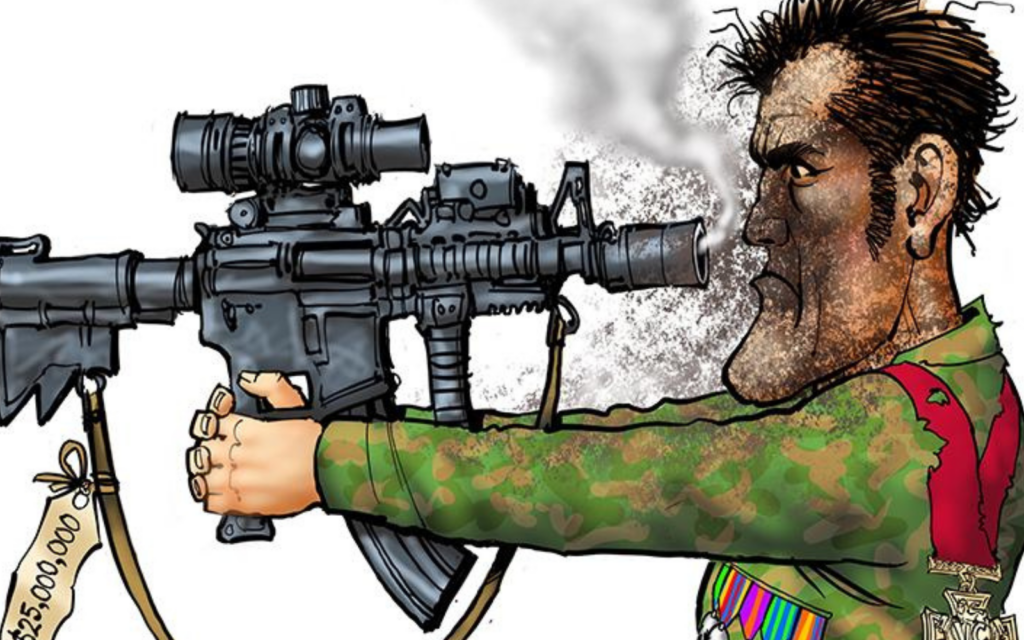“For a long time I was very wary of letting people know that I had worked as a stripper, a) because, when I danced, it was really something that you kept a secret; and b) because as soon as you tell people they somehow just can’t get past it and then become pre-occupied with asking all kinds of often really inappropriate or just weird questions,” Wolf says. “But once my practice as an artist was really established, I came to think a lot about how I wanted to own and acknowledge what an incredible performance training stripping had been – to honour how the work had given me a very unique and nuanced skill set, particularly in dealing with audiences.”
A core concern of the work is body politics, and specifically the objectification of the human body. This happens at all levels of society, but exists perhaps in its rawest form in so-called gentlemen’s clubs. It’s easy to decry the morally imbalanced social contract between patrons and dancers at strip clubs. But Mira Fuchs is more concerned with raising questionsthan moralising.
“I absolutely do not present a moral conclusion,” says Wolf. “Principally because I have no interest in making didactic, pontificating work on any subject. But also because the mechanism of stripping and sex work and power and gender and body politics is incredibly fucking complicated, and I don’t think I will ever know how I feel about it in a way than can be boiled down to an easy platitude.”
Similar to pornography, the very existence of strip clubs is a contentious issue. There isn’t mutual consensus about what is right and wrong, and the legality surrounding them is also somewhat cloudy. An argument can be made that it’s an autonomous decision to put oneself in such a position. But people will also argue – often in a patronising way – that it’s only bad circumstances that could lead someone into this kind of work. Embarking on this project, Wolf was well aware of the contentious discourse.
“The main engine of that concern for me was in making sure that I created a piece that the women that I worked with across those eight years could come to and respect. Also, I think this idea of ‘bad circumstances’ being what leads people – and by people, we mean women – ‘down the path’ is a deeply problematic narrative, which is a part of a larger machine of shame as a form of social control. It’s moralising and othering. I think when we talk about ‘bad circumstances’ we are really talking about class, and in Australia it feels that class is a much harder word to say and acknowledge than stripping.”
Mira Fuchs is presented in-the-round, which means the audience won’t be passive observers, but there’ll be some interactivity. Wolf believed this level of intimacy was necessary in order to elucidate several of the work’s core aims.
“The circle of audience serves many functions in the piece. It allows me to demonstrate to a group of people the labour of stripping in terms of managing multiple micro-relationships in one situation. It also means that people are able to witness one another as they deal with my body in space.”
In terms of social function, a gentlemen’s club is quite different to somewhere like Arts House; a haven for expressive and critical performances. But Wolf points out a fundamental link.
“The premise of both places is the same. People pay money to witness someone putting their body and energetic being on the line. How the audiences perform who they are is the point of difference. People in a strip club are performing certain narratives, people in the foyer of the contemporary performance venue are performing another set of narratives. Stripping is just better paid.”
BY AUGUSTUS WELBY







